Turnips are not only a versatile ingredient in many dishes but also pack a nutritional punch. But do you know how to store turnips properly? Don’t worry, as we’ve got you covered with these tips below.
1 Storing Turnips by Freezing
Apart from being delicious, knowing how to store turnips properly is essential. After purchasing white turnips, you should wash, cut, and chop them according to your needs. Then, place them in airtight containers or bags and put them in the freezer. This method can keep turnips fresh for 1-2 months.
This simple yet effective technique helps retain the turnips’ nutrients and prolongs their shelf life.
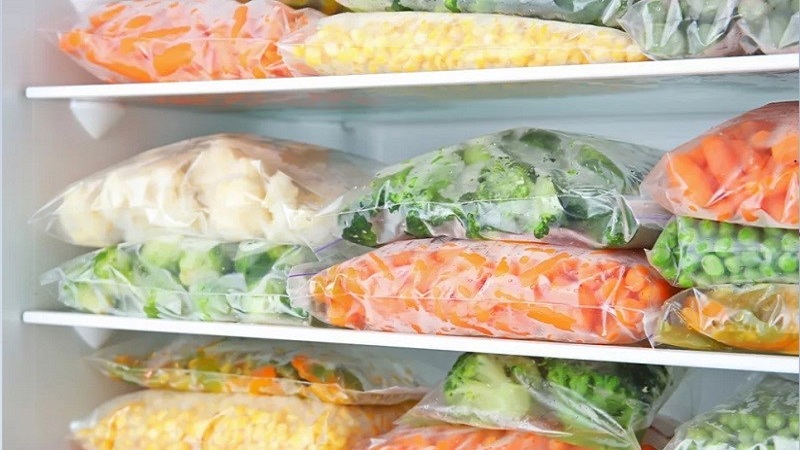 Storing turnips by freezing
Storing turnips by freezing
2 Storing Turnips in Mud
For this method, it is best to keep the turnips whole and trim the tops. Then, roll them in soft, sticky yellow mud. Store the turnips in a shaded area; this method helps keep turnips fresh for about 10 days.
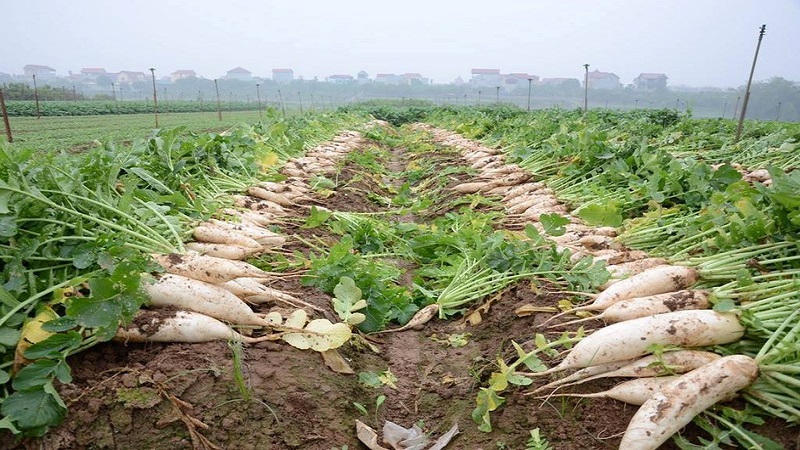 Storing white turnips in mud
Storing white turnips in mud
3 Storing Turnips Around a Basin of Water
Take any basin or container and place a bowl of water in the center, then arrange the turnips around it. Cover with a piece of mosquito net, and sprinkle a layer of sand about 10cm thick on top of the fabric. This method helps keep turnips fresh for about 10 days.
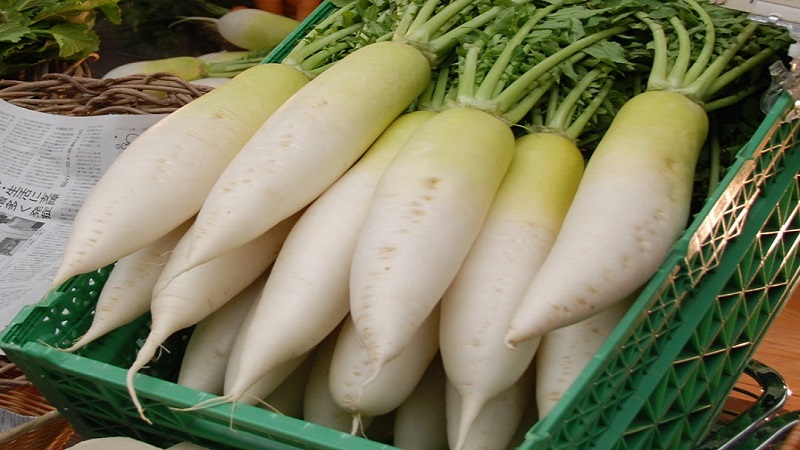 Storing turnips around a basin of water
Storing turnips around a basin of water
4 Storing Turnips in the Fridge
First, trim the roots and green leaves from the turnips. Wash them thoroughly, let them air dry, and pat them with a clean cloth. Then, wrap the turnips in paper towels to absorb excess moisture during storage.
Place the turnips in a ziplock bag or a vacuum-sealed bag if available, and store them in the designated vegetable compartment in your fridge for up to 2 weeks.
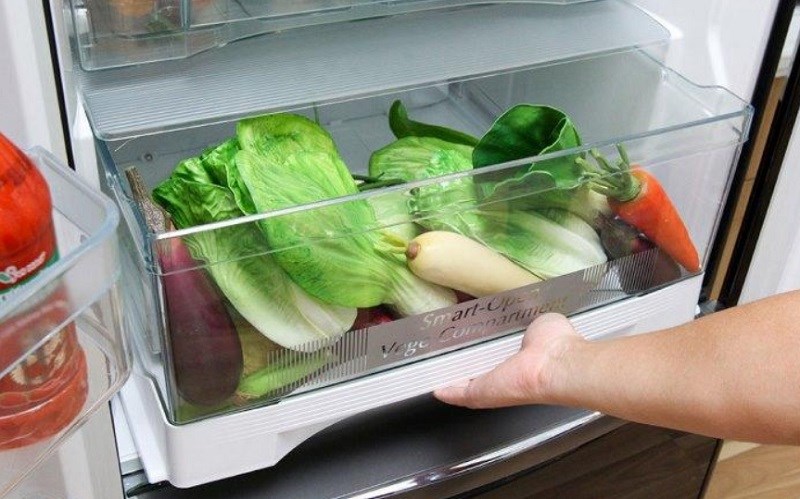 Storing turnips in the fridge
Storing turnips in the fridge
5 Storing Turnips by Sun-Drying
Wash the turnips, slice them, and soak them in salted water to prevent discoloration. Then, sun-dry the turnips or use a dehydrator to crisp them.
The turnip slices will shrink and turn a yellowish color. Store the dried turnips in airtight containers or jars, keeping them in a cool, dry place away from moisture. This method can keep turnips edible for 4-5 months.
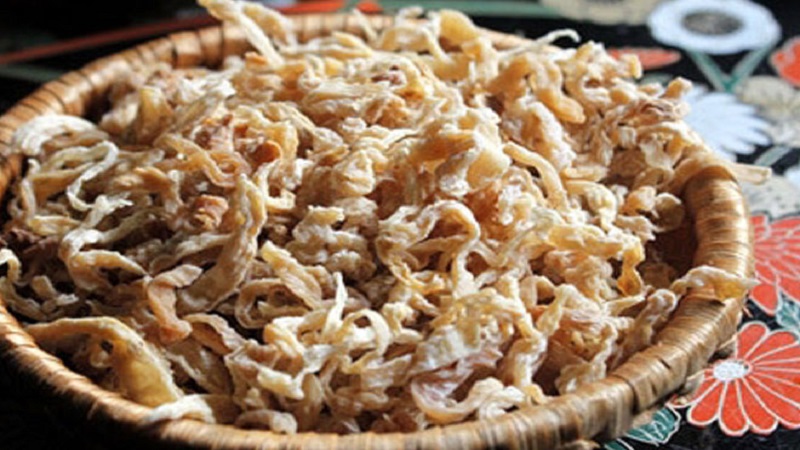 Storing turnips by sun-drying
Storing turnips by sun-drying
6 Storing Turnips in Brine
After purchasing turnips, wash and sun-dry them until they are slightly wilted. Then, boil them in brine until the turnips become syrupy. Drain and let them cool before transferring to an airtight container and storing them in the fridge. This method can keep turnips edible for several years without spoilage.
 Storing turnips in brine
Storing turnips in brine
7 Storing Turnips in Sand
Prepare a basin or container of sand that is sufficient for the amount of turnips you want to store. Make holes about 5cm deep and insert the tapered end of the turnips into the sand.
Regularly check the quality of the turnips during storage. If the sand’s surface dries out, spray it with clean water to maintain moisture. This method will help keep turnips fresh for about 10 days.
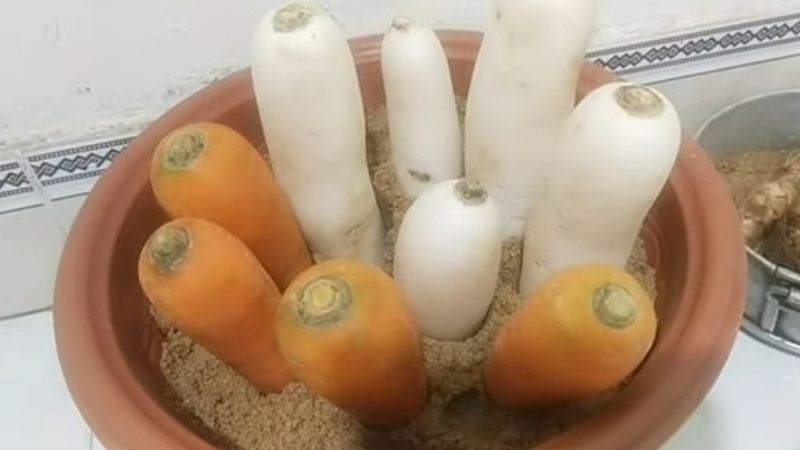 Storing turnips in sand
Storing turnips in sand
8 Storing Turnips by Salt-Pickling
Wash and slice the turnips lengthwise, then soak them in salted water overnight to reduce their pungency. The next day, sun-dry the turnips and repeat the salting and drying process until they turn yellow, crispy, and salty. This method can keep turnips edible for several years without spoilage.
 Storing turnips by salt-pickling
Storing turnips by salt-pickling
We hope that these tips on storing white turnips for an extended period will help you succeed in preserving vegetables for the long term. Do share with us if you have any other storage methods!































